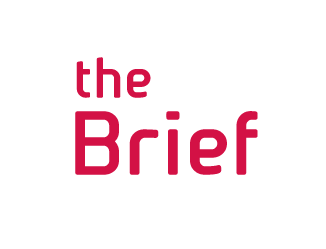Stuart Whitwell, joint managing director at Intangible Business, asks: Samsung v Apple – never-ending litigation?
‘Patent wars’ have become synonymous with the technology industry as firms continually battle at the high courts over alleged patent infringements. As technologies rapidly develop, competition between the top tech firms is fiercer than ever, which has kept lawyers busy, with litigation increasingly being wielded as a competitive tool.
The biggest of these wars arguably is the one going on between mobile giants Apple and Samsung. Started in 2011, this legal back-and-forth finally seems to be drawing to a close – with a US appeals court recently refusing to resuscitate the case – keeping with its previous decision in favour of Apple. Of course, this decision may still be appealed.
Initially, Apple filed a suit against Samsung for infringing several patents in 2011. Samsung then filed a counterclaim against Apple. As both companies developed new mobile phones and tablets, the cases kept coming.
This litigation battle has not just been restricted to the US courts though – this has been stretched across the globe, to nearly a dozen countries, with neither of the companies scoring any clear successes. The biggest victory was achieved for Apple back in 2012 when a jury awarded the company an additional $290.5 million in damages, bringing the total to $930 million.
How are these damages calculated?
These patent cases are not small - Apple’s damages of $930 million confirm that. However, quantifying losses and damages relating to intangibles, especially the likes of design and technology patents, is often highly subjective and it is therefore vital for such calculations to be based on comprehensive research and appropriate benchmarks. The best approach to quantify damages is often market driven, keeping the valuation grounded in commercial reality. A combination of four forms of analysis should be done to achieve this:
- Internal research is carried out using existing business plans and forecasts to establish projections and asses market trends for use in the valuation.
− Market research is necessary to establish consumer recognition of the brand and the intangible assets. It can provide robust insight to the extent of damage that has been caused & how perceptions of a brand have changed.
− Benchmarking uses real-world examples and points of comparison to establish the possible performance of the business, had the damage not occurred
− A combination of the three intangible asset valuation approaches would then be used to quantify the damages. The relief-from-royalty income approach calculates how much a brand owner would be willing to pay for the use of its own IP, if it did not already own it; the market approach looks at comparable transactions in the market such as licencing agreements for the use of the IP; & the cost approach calculates the historical cost of building or replacing the asset.
These methods are necessary to produce a robust quantification of the losses suffered by Apple due to Samsung’s patent infringement. With the variation in figures that have been presented by each side, it is clear that valuing intangible assets is inherently subjective and each aspect of research is therefore necessary to support the valuation and reinforce its validity.
Implications of re-valuing the losses
The Apple and Samsung “patent war” has been in the courts for so long that some of the products being reviewed are not even on sale anymore, and the continuous legal tussles are largely the product of a patent system crying out for reform and modernisation. Standard-Essential Patents (SEPs) were introduced where compliance with an industry standard necessitates infringement of a patent, aiming to make the industry fairer by allowing companies to pay reasonable license fees for innovations that their devices cannot be without. But critics argue this has brought about yet more litigation and is a nominal change to a deeply flawed system.
The Future
Steve Jobs once claimed Android had committed “grand theft” through their patent infringement, but are lengthy legal battles the way to deal with this, or would it be more efficient and beneficial to simply compromise through license agreements? It seems the jury is undecided.









